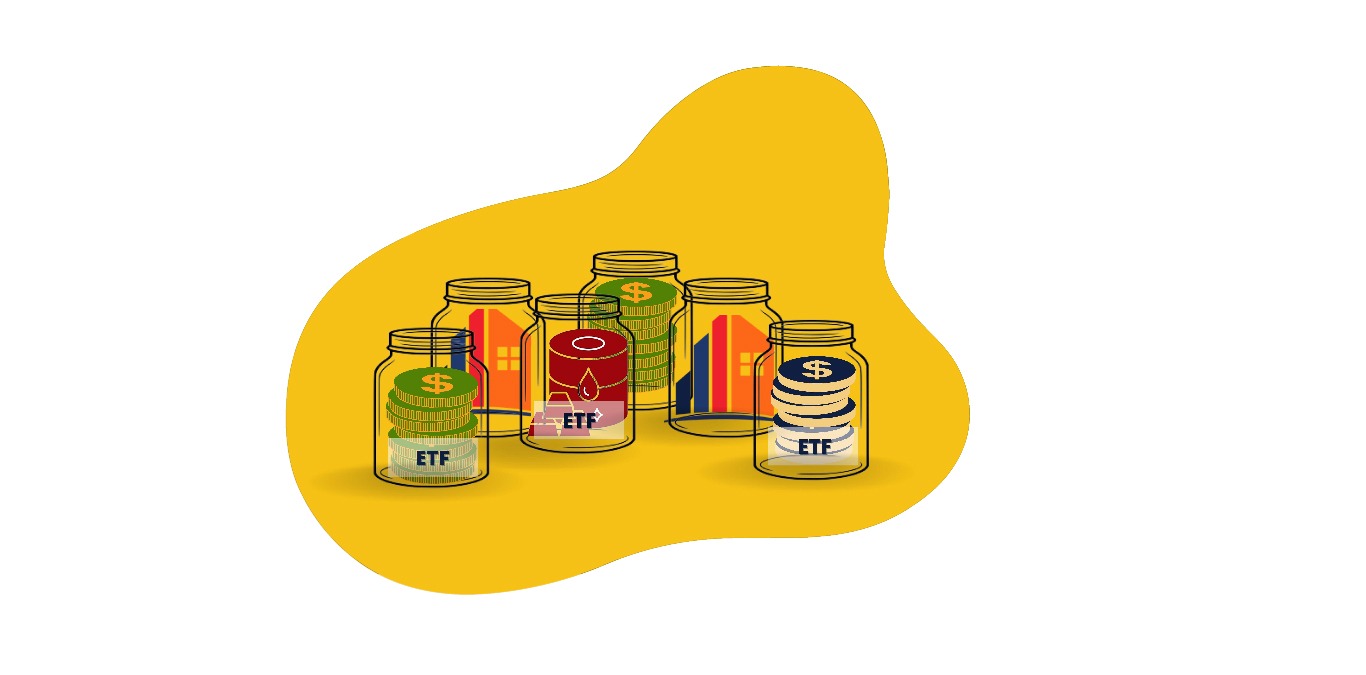The investment world today is divided on Acting Investing and Passive Investing. It’s similar to the dilemma people have about right and left ideologies.
A pro-Active investor will tell you to follow an Active Investing approach while a Passive investor will advise you to choose the same passive style.
Yes, investing is tough. Choosing the right strategy for your investments to grow is a daunting task. And as a SEBI registered investment advisor our job is to help you plan your investment strategy.
We are starting an article series on Exchange Traded Funds; so, you can decide if you should invest in ETFs or Stocks. The first article in the series begins today.
Active Investing in a nutshell
You can invest in two ways when investing actively –
(i) Invest in actively managed funds (MF) where the fund manager has the complete control over investments.
(ii) Invest in direct equities after thoroughly researching a company and the sector it represents.
As the name implies, Active Investing requires you to act as the portfolio manager. The main goal of such investing is to generate Alpha i.e. gain higher returns than the markets. But it involves high risks too.
Here you have complete autonomy on stock selection. However, with that comes the trouble of identifying a company/ies.
You must have a deeper understanding and the expertise to know when to buy and exit out of a stock or asset to invest actively.
Passive Investing in a nutshell
Passive investing is relatively safer than Active investing. It primarily involves buying passively managed index funds. These funds mimic a benchmark index or an asset. Look at Exchange Traded Funds (ETFs) for instance.
Kotak Nifty ETF and Nippon India ETF Bank BeES, Nippon India Gold BeEs are some examples of well-known ETFs.
Passive investing is less risky since there is no pressure to beat the average market returns. Since these funds follow an index, the returns remain at par or sometimes over/below the index.
Exchange Traded Funds (ETFs) – What are they?
For starters, ETFs are a hybrid of Mutual Funds and Stocks. Like Mutual Funds, ETFs invest in various businesses from a particular sector, mimic an index, or invest in different assets.
But the difference is like Stocks, ETFs actively trade on the exchanges. Traders can buy and sell ETFs through their trading accounts. They have pricing and liquidity throughout the day.
The Mutual Fund regulations of 1996 regulate Mutual Funds and ETFs as they are passive investment products.
However, ETFs have unique advantages over MFs.
ETFs are competent growth vehicles and cheaper compared to MFs. In Mutual Funds, a fund manager actively buys or sells securities for every order placed. This process incurs liquidity costs and potential capital gains. Every investor in the Mutual Fund must bear the costs and capital gains taxes.
That’s not the case with ETFs. ETFs are traded on the bourses. So, most transactions occur in the secondary markets.
Only investors indulging in the transaction bear the liquidity costs and taxes on capital gains. It results in greater efficiency and fairness in dealings.
If you’re wondering how old the concept is, the stock market crash in 1987 gave birth to ETFs. It is one of the long-term trends in global investing. Per the website ETF.COM, with 1566 ETFs trading on the U.S. markets, U.S. ETFs have a total assets under management (AUM) of $5,329.09 Billion.
Do you know when the first ETF was launched in India?
Reply to this email and let us know.
That’s it from us today. In the second chapter, we will understand how three major stock market crashes gave rise to passive investing.
While we understand the new variant Omicron maybe scary, it is not the time to panic. If you continue to follow social distancing guidelines, wear a mask (not on the chin), step outside only if necessary, wash your hands regularly, and STAY STRONG, you will overcome this situation too. If you are worried about investing, don’t be.
Experts believe there are near-term issues but the long-term views will be better.
We hope your family and you follow the COVID protocols and stay safe.
Meanwhile, share this article with your friends.
Need sound advice on where to invest, how much to invest, for how long to invest in the stock market? Subscribe to 5 in 5 Wealth Creation Strategy and get a portfolio of 20-25 fundamentally strong stocks tailored for your goals and risk-taking ability.
*Disclaimer: Information mentioned in this email is for educational purposes. Please do not consider it a recommendation to buy/sell/hold from Research & Ranking.
Read more:
Three Financial Crises Through History Reinvented Investment. Find Out Now
ETFs – Know What Makes Investing In ETFs Difficult
ETFs Or Stocks – Find Out Which One To Invest In Now
Read more: About Research and Ranking.
How useful was this post?
Click on a star to rate it!
Average rating 0 / 5. Vote count: 0
No votes so far! Be the first to rate this post.

